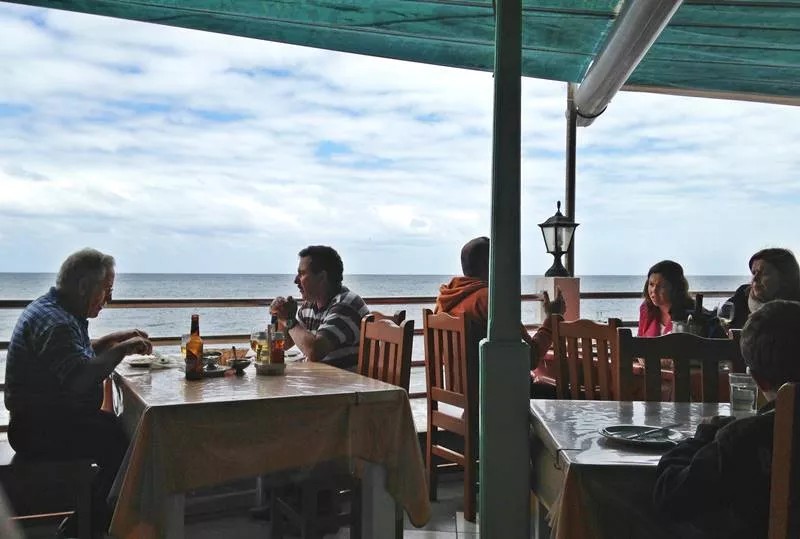Thanks to DIGITAL LANCELOT
In January, 2.486 million international tourists entered Spain, six times more than a year earlier, of which 30.6% stayed in the Canary Islands, a community that received 760,000 visitors, 777.5% more than the same month in 2021 .
Foreigners arriving in Spain in the first month of this 2022 spent 562% more (3,027 million euros), according to data released this Thursday by the National Institute of Statistics (INE), which reflects that the Canary Islands concentrated 37.3% of all this spending, which grew by 745.9% in the annual rate in the Islands and reached 1,130 million euros.
In the comparison, it must be taken into account that January of last year was a very bad month (barely 434,000 tourists entered Spain), with very limited movements after the growth of covid infections from the previous Christmas.
The United Kingdom is once again the leading issuer of tourists to Spain, with 363,150 people (an increase of 1,460%, the highest among the major issuers), thus recovering the position it lost throughout the pandemic in favor of France, now in second place, with almost 348,000 travelers.
Germany, which in pre-pandemic times was in second place, is now in third place, with 282,280 people (452% more).
In the month of January, before the escalation of Russian tension over Ukraine, 18,444 Russian tourists came to Spain, 450% more than a year earlier, but still far from the 67,211 in that month of 2019.
The Canary Islands were the destination most chosen by foreign travellers, with 760,000 tourists (30.6% of the total), mainly British and German.
It is followed by Catalonia, with 463,661 people (18.6% of the total), who came mainly from France and the rest of Europe (not counting the major emitters), and Andalusia, with 323,896 tourists, (13%), from the United Kingdom. and the Netherlands.
In the rest of the most touristic communities (Balearic Islands, Valencian Community and Madrid) the increases also exceeded 450%.
The plane recovers positions as the means chosen to come to Spain, with more than two million people (703% increase), and so does the ship, with a growth of 510%, although only 19,500 people arrived by this route. By contrast, the train fell by 9.4%, to 6,666 people.
The second access route is the road, with 430,127 people, 146% more than a year before.
The majority of tourists chose hotel accommodation (1.46 million, 551% more), another half million stayed in the homes of relatives or friends and 216,700 in owned homes.
The average expenditure per tourist stood at 1,217 euros, with an increase of 16.5%, and the average daily expenditure rose by 16.7%, to 124 euros.
In January the average duration of the trips stood at 9.9 days, the same as in that month last year.
In line with tourist figures, British citizens spent the most money on their trips to Spain, with 450 million euros, followed by Germans (398 million), Nordics (292 million), French (255 million) and Italians. (131 million). The greatest growth was that of the British (1,558%) and the Nordics (896%).
The largest volume of spending was concentrated in the Canary Islands (1,130 million), Catalonia (436 million), Madrid (386 million), Andalusia (376 million) and the Valencian Community (323 million).





